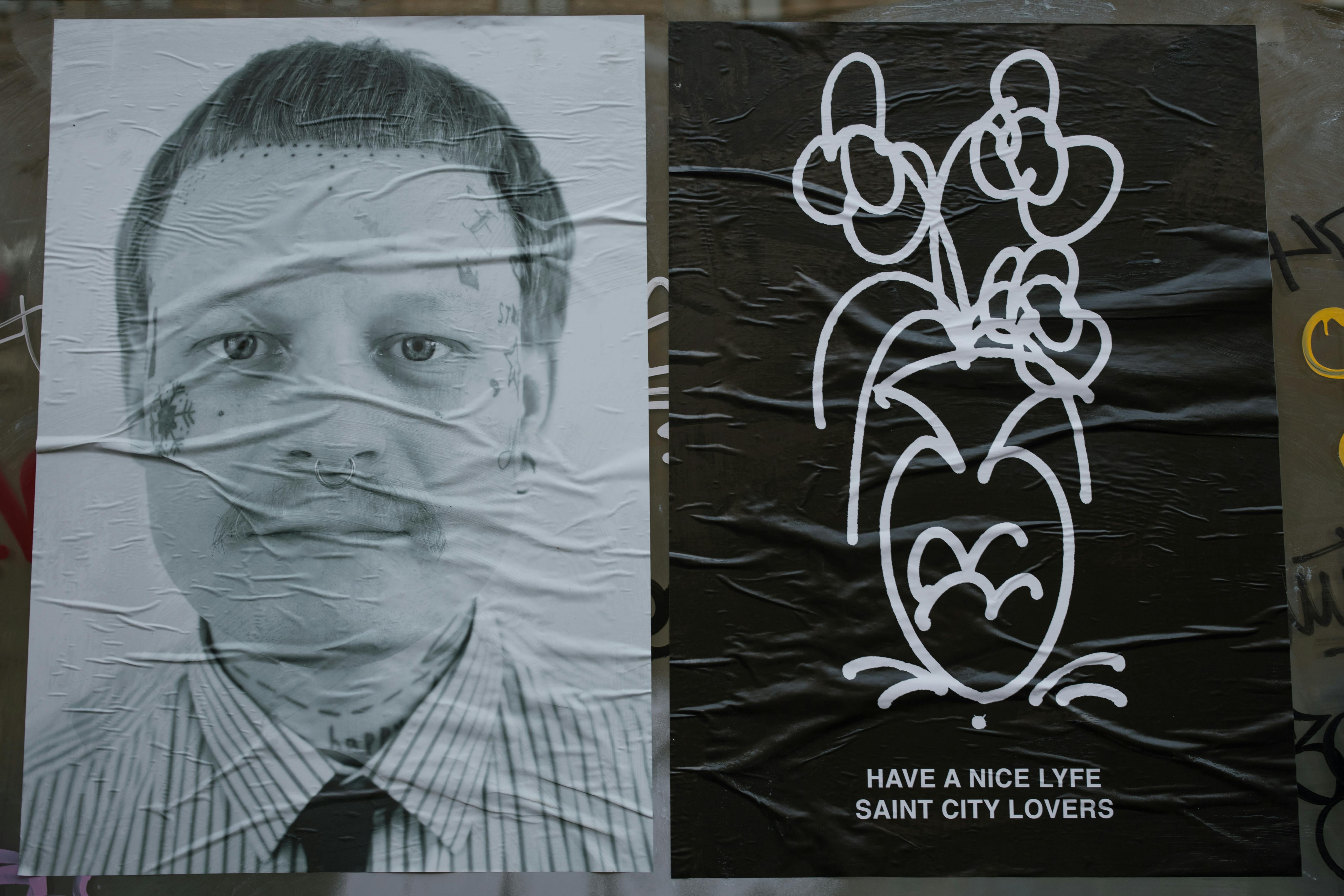Discover the Yellow Amazon Parrot
The yellow parrot in the Amazon really does come in many different guises; the best known is the Yellow-headed Amazon, which is 15 to 17 inches tall, with a short, tall yellow head and stocky body. A sad fact about this yellow parrot is that it is on the endangered species list in Mexico and Central America. The lure of Yellow-headed Amazons continues to increase in poaching, which is why they have been nearly driven to extinction in the wild. The reason for this is that they are so attractive because they make great pets and are great talkers. Their speaking abilities are considered to be second only to the African Gray Parrot and are equaled by the Yellow-naped Parrot.
The Yellow-naped Parrot or Yellow-naped Amazon is considered a subspecies of the Yellow-crowned Amazon. It is notable for its green forehead and crown and a yellow band at the bottom of the nape. The reason this parrot is so loved as a pet is because they mimic sounds, and when in captivity this includes humans and anything else they hear, plus they have a mischievous personality. During the breeding season, the males have been known to bite because they feel they are defending their nest.
The Yellow-crowned Parrot is similar in average size to the Yellow-headed Amazon Parrot, its tail is squarer, and it has mostly green feathers and dark blue tips that are difficult to see when on a perch. The amount of yellow in the parrot varies and is restricted to the crown region, hence the name. They are usually found in pairs or small flocks and, as with most parrots, their food consists of fruits, nuts, seeds, and berries. They like to nest in hollow trees and lay 2-3 eggs and the incubation time is only about 26 days, about sixty days after hatching they leave the nest.
Amazon parrots, such as the Yellow-headed Amazon, Yellow-naped Amazon, and the Yellow-faced Parrot (which is declining or has already disappeared from large areas of its former range in Brazil), are generally kept as pets due to to his extraordinary abilities to speak, playfulness, and agility with his legs. They can live up to fifty years and make very devoted pets. However, even well-bred parrots can become hostile during mating season.
These yellow Amazon parrots require more attention than our domesticated cats or dogs. Which means making sure these birds have plenty of chew toys and branches. They like to chew on wood and should be provided with chunks of pine or fir wood. They also love the leafy branches where they benefit from the nutrients they get from chewing on the leaves and green bark. Good types of branches to offer include willows, honeysuckle, eucalyptus, palm trees, bottle brushes, and fruit woods. These parrots can be destructive, so they also need safe toys that cannot be destroyed. They do not appear to have the nervous plucking like some species.
They are very active birds that thrive in an area that allows them to fly and move around, an aviary is a large enclosure for enclosing birds and is recommended because unlike cages, aviaries allow birds to have a larger living space where they can fly. . They need a proper diet that would consist of fresh vegetables and fruits, sprouted seeds and grains, and other whole foods that will keep your parrot healthy.
How yellow parrots or any other parrots have been raised will drastically affect their personality. Parrots vary in their temperament, noise level, ability to speak, attraction to people, and the care they require. They can be a joy to have in your life.
Among the Amazon parrots, in addition to the yellow-headed, yellow-naped and yellow-crowned parrots, there are also the orange-winged parrot and the blue-fronted parrot, which are also frequently kept as pets. All of these birds, along with macaws and African greys, are known for their extraordinary vocal abilities.
